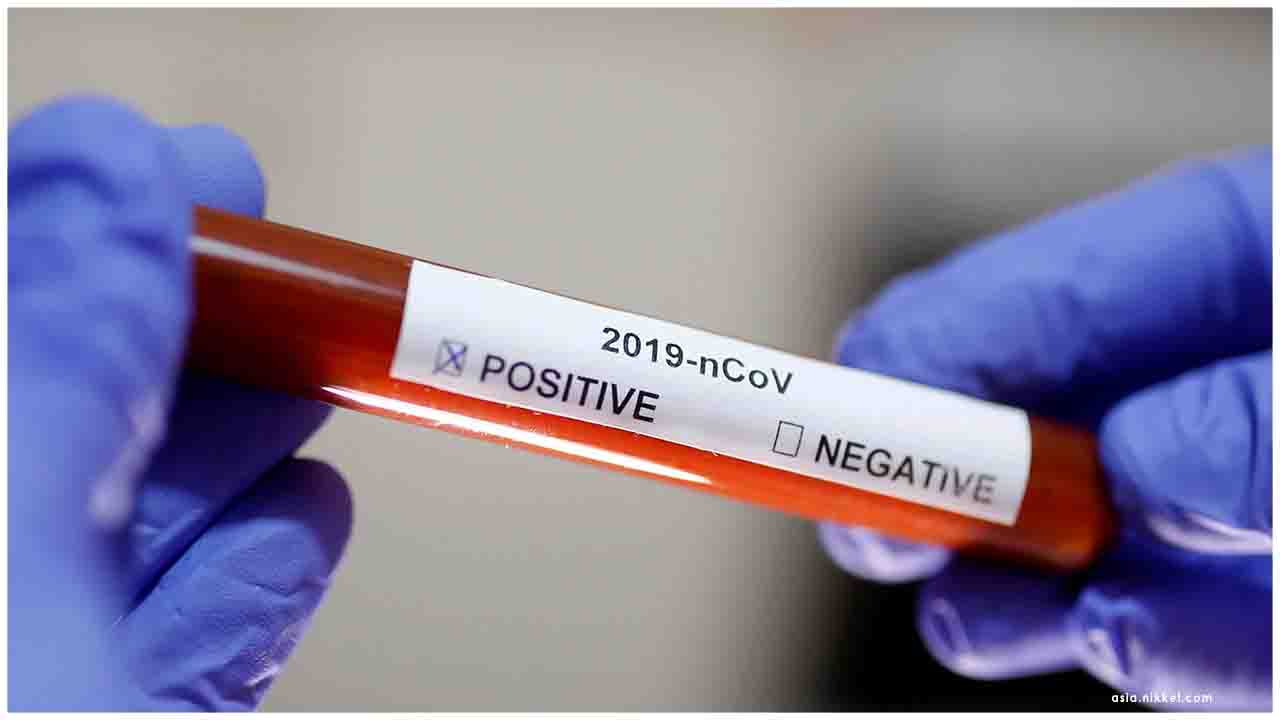Real-world mobile phone data suggests a decline in the number of trips people made per day began before state-level stay-at-home policies were implemented, and the decline was strongly correlated with a reduction of COVID-19 case growth in the 25 most-affected counties across the USA, according to a modeling study published in The Lancet Infectious Diseases journal.
The authors say their analysis supports the role of social distancing as an effective way to control the spread of COVID-19 in the USA until a vaccine is available. However, they note the study does not account for other infection control measures (eg, wearing face masks and handwashing), which are also likely to have contributed to the decline in the case growth rate during March.
Dr Lauren M Gardner, Johns Hopkins University, USA, says, “Our results strongly support the conclusion that social distancing played a crucial role in the reduction of case growth rates in multiple US counties during March and April, and is therefore an effective mitigation policy for COVID-19 in the USA . Critically, we also found that behavioural changes were already underway in many US counties days to weeks before state-level or local-level stay-at-home policies were implemented.”
She continues: “If individual-level actions were not taken and social distancing behavior was delayed until the state-level directives were implemented, COVID-19 would have been able to circulate unmitigated for additional weeks in some locations, inevitably resulting in more infections and deaths. This demonstrates that it is within the power of each US resident to help slow the spread of COVID-19.”
Within the first four months of COVID-19 being reported in the USA, the virus spread to every state and to more than 90% of counties. The policy response was highly decentralized during this period – when and how county and state-level stay-at-home policies were implemented varied significantly, making the effectiveness of social distancing difficult to assess.
This study uses real-world mobile phone movement data as an indicator of social distancing. It compares local case growth with how individuals actually modified their movement patterns, rather than relying on assumed compliance with local stay-at-home policies.
Daily mobility data were taken from mobile network records between Jan 1 to April 20, 2020, to capture trends in movement patterns for each US county, and compared to baseline patterns before COVID-19 (Jan 8 to Jan 31, 2020) to generate a social distancing metric. Additionally, a COVID-19 daily growth rate ratio was calculated for each county, using local epidemiological data on recorded cases (starting from Mar 16 after more widespread testing was underway).
Using these metrics, the authors created statistical models that evaluated how social distancing (measured by the relative change in movement patterns) affected the rate of new infections in each of the 25 counties in the USA with the highest number of confirmed COVID-19 cases on April 16, 2020.
For all 25 most affected counties, the correlation between movement patterns and case growth was significant, with the correlation considered strong for 20 of the 25 counties.
From Jan 24 to April 17, 2020, mobility dropped to 35–63% of the normal patterns in the 25 most-affected counties - ranging from 35% of normal levels of movement in New York City to 63% in Harris County.
There was a lag of 9-12 days before the effects of decreases in movement were observed on COVID-19 transmission, which is in line with expectations after accounting for the time for symptoms to manifest after infection, worsen, and be reported.
Individuals began to reduce their movement in early March, indicating social distancing began well before the first US state-level stay-at-home directive (implemented by California on March 21). While this could partly be explained by some county-level policies that were put in place before state-level ones, the initial decline in movement began in 23 out of 25 counties before any formal regulation (including county-level) was put in place.
Although social distancing has consistently been shown to have positive effects on COVID-19 transmission in China, the authors say that their work extends these results to the USA.
Moving forward, they note that practices such as handwashing, face mask use, and self-isolation when people get sick, may become more widespread and help in controlling the virus, but stress that social distancing will remain one of the most important ways to control the spread infections until a vaccine is available.
Co-author Dr. Hamada Badr, Johns Hopkins University, USA, says, “Individuals seem to have anticipated public health directives in March and April, despite a mixed political message. As stay-at-home policies begin to relax, we urge individuals and governments to make safe and data-driven decisions, to respond to the potential risk of increased infections. More timely, consistent and decisive policy implementation of social distancing and other known effective mitigation measures is urgently needed.”
The authors note some additional limitations to their study. They were unable to differentiate between low-risk and high-risk trips involved in the movement patterns, so they acknowledge that their social distancing metric does not account for this. For example, multiple trips alone to a park are probably lower risk than a single trip to a grocery store (without using other physical distancing strategies, such as wearing a face mask). They also note that there may be errors in the case data due to reporting issues and limited COVID-19 testing capacity.

 Now USA research proves that less mobility leads to lesser spread of Coronavirus
Now USA research proves that less mobility leads to lesser spread of Coronavirus










.jpeg)

.jpeg)
.jpeg)

.jpeg)


.jpeg)



.jpeg)
.jpeg)
.jpeg)


.jpg)


.jpeg)
.jpeg)